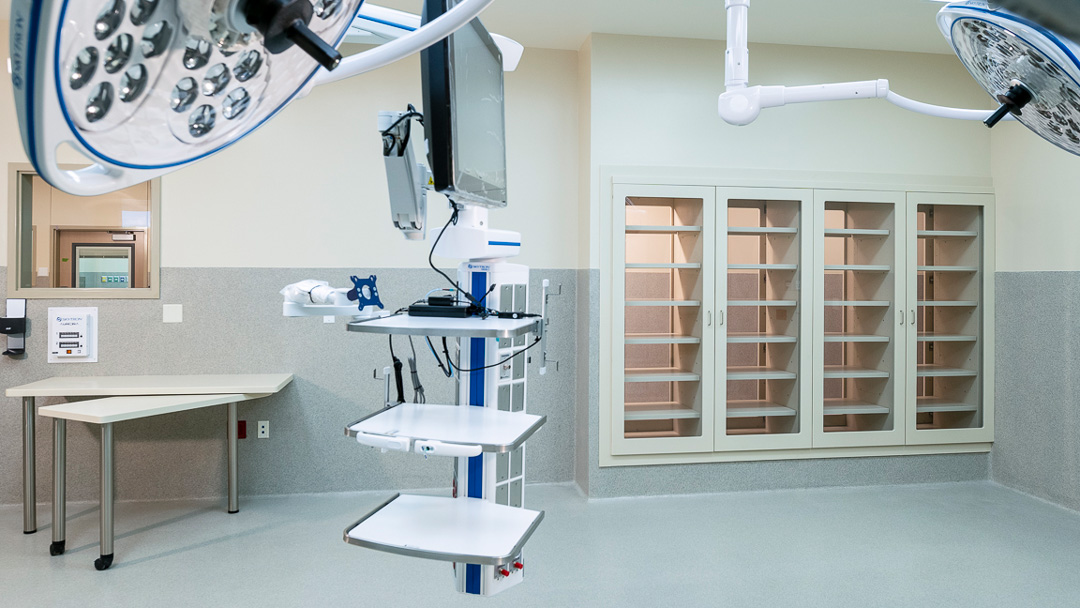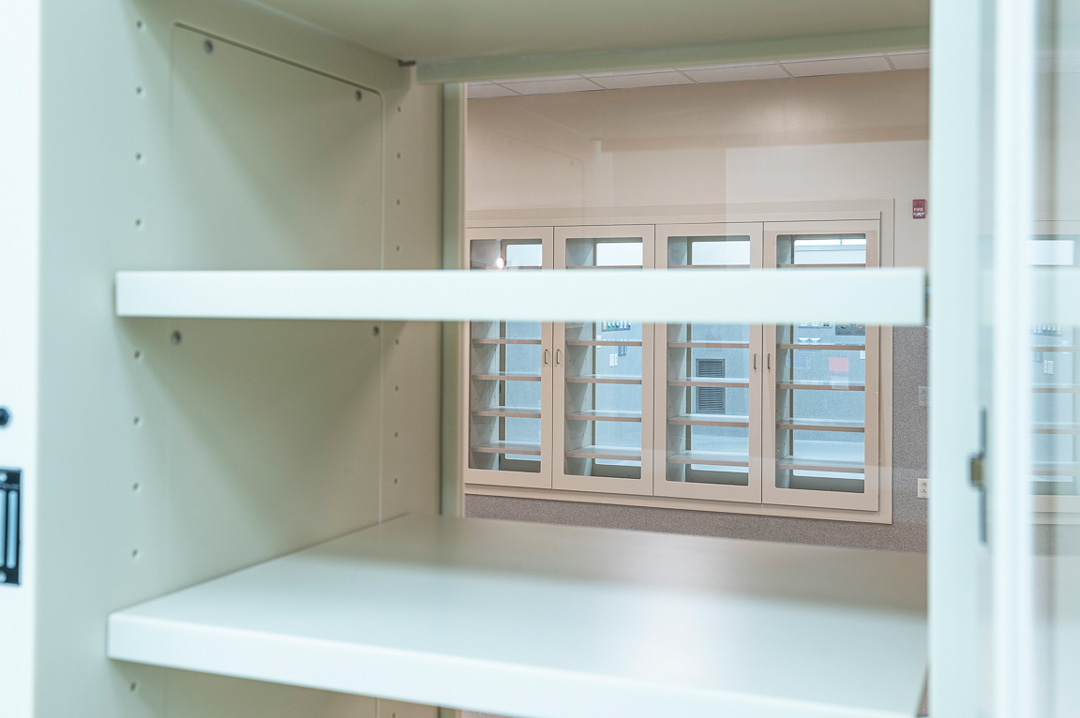The Easiest Way to keep Microbial Life out of Healthcare Furniture

Within our blog series surrounding the five furniture surface characteristics we have shown that the most important aspects of healthcare furniture includes the following; durability, cleanability, inability to support microbial growth, surface porosity and absence of seams. These characteristics were defined by the American Society of Healthcare Engineering (ASHE) in collaboration with the CDC in the publication titled Using the Health Care Physical Environment to Prevent and Control Infection. Our past blogs have covered why durability, cleanability and surface porosity make a huge difference in healthcare as well as why acrylic solid surface is one of the best choices in upholding these standards.
Inside this post we will be covering the inability to support microbial growth. What is it, how does microbial life spread and why is it so important to make sure the material you choose for your furniture can not only keep out current specimens but also make sure future growth will not foster?
Microbial Growth in the Healthcare Setting
Everything we see is made out of microbes. Bacteria and single celled organisms are incredibly common, which may cause you to wonder why they can be so dangerous in certain settings? While you can find yourself getting sick anywhere, hospitals tend to be a monster all their own.
Bacteria spreads to humans through air, water, food or other individuals and most commonly is found to transfer through droplets of bodily fluids or debris. (1) With so many people moving through a space, the risk of a virus living on a surface increases tenfold as does the importance of having furniture that will keep bacteria growth to an absolute minimum.
As reported by the National Library of Medicine, “Hospital-acquired infections are emerging as important causes of morbidity and mortality in immunocompromised patients and severe underlying illnesses. Each year, 2 million patients suffer from hospital-acquired infections and nearly 100,000 of them die.”
Though staff keeps patient-to-patient contact low, workers and visitors can be carriers of bacteria even when showing no symptoms. Due to the varied amount of microbial life that tends to thrive in hospital environments it is incredibly important to take every precaution to keep patients, staff and visitors safe.
With so many people moving through a space, the risk of a virus living on a surface increases tenfold as does the importance of having furniture that will keep bacteria growth to an absolute minimum.
What is the Best Choice?
Stainless steel is among one of the materials that is most often used within hospital settings for furniture. It is commonly thought that stainless steel does not harbor bacteria, but it has been found that microbes can live on and within the surface and there is no inherent antimicrobial quality to the material as a whole. When production processes are put in place to try and create a more antimicrobial version of the material, it has been found that the quality of the steel tends to deteriorate.

As told by Science Direct, “Most stainless steel productions do not have antibacterial properties… To date, many efforts have been tried to obtain antibacterial stainless steel… Even though these methods produce metal products with good antibacterial properties, they also face many problems including (i) poor adhesion between substrate and coating; (ii) complex production procedures; (iii) uncertain retention of deposited Ag particles on the surface during application; (iv) corrosion resistance loss of substrate; (v) risks of physiological toxicity due to high amounts of antibacterial elements.”
Laminate is another commonly used material in healthcare largely due to its supposed efficiency of cost. Though the product tends to be cheaper in the short term, it does very little to keep bacteria out and will wear down in a short time frame which negates any cost benefits that may be considered. (2)
With acrylic solid surface, the material will not support population growth of any microbial life and will also stay at its highest quality throughout the entire production process and the lifespan of its use.
With acrylic solid surface, the material will not support population growth of any microbial life and will also stay at its highest quality throughout the entire production process and the lifespan of its use.
Keeping Bacteria out of the Conversation
Worry is high in healthcare settings and having to consider every surface you touch should be the last thing on anyone’s mind. Many common building materials such as wood or steel can harbor diseases and deteriorate when they are disinfected, while also creating a cold and unwelcome feeling to a place where many people would already rather not be. With acrylic solid surface, new life is brought to a space while also allowing individuals to feel safe spending their time in a healthcare setting.
Individuals enter various health care settings seeking safe, high quality care. Patients, as well as the individuals who provide care, access health environments in the hope that they will function as structured settings that promote positive health outcomes.
In ASHE’s publication it was reported that, “Individuals enter various health care settings seeking safe, high quality care. Patients, as well as the individuals who provide care, access health environments in the hope that they will function as structured settings that promote positive health outcomes.”
With an antimicrobial material, not only is it less likely to support growth of bacteria, it is more likely to have a high quality life span due to its ease of cleanability. Deterioration, stains and odors that are commonly left behind from bacteria will not be able to thrive on the surface and therefore can be easily wiped off with any disinfectant. If an accident takes place near the furniture, there is no worry that anything will be hidden and replacement will not have to be in the conversation.
To stay informed on this blog series and the latest innovations in acrylic solid surface design, join to our mailing list.
Do you have a design project that you think would be well-suited for acrylic solid surface? Contact Shield to learn more about our custom design services or visit our products page for more information.
1. Bonadonna, Lucia, et al. “Analysis of Microorganisms in Hospital Environments and Potential Risks.” NCBI, 24 March 2017, https://www.ncbi.nlm.nih.gov/pmc/articles/PMC7120946/. Accessed 9 February 2023.
2. Mitchell, Erica. “Hospital Surfaces: The Good, The Bad, and The Ugly.” Health. Care. | An Educational Blog, 2020, https://blog.eoscu.com/blog/hospital-surfaces-good-bad-ugly. Accessed 9 February 2023.
